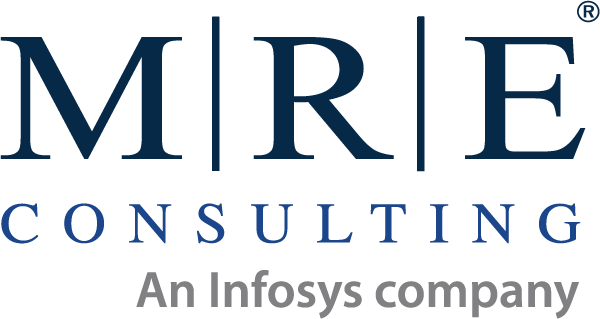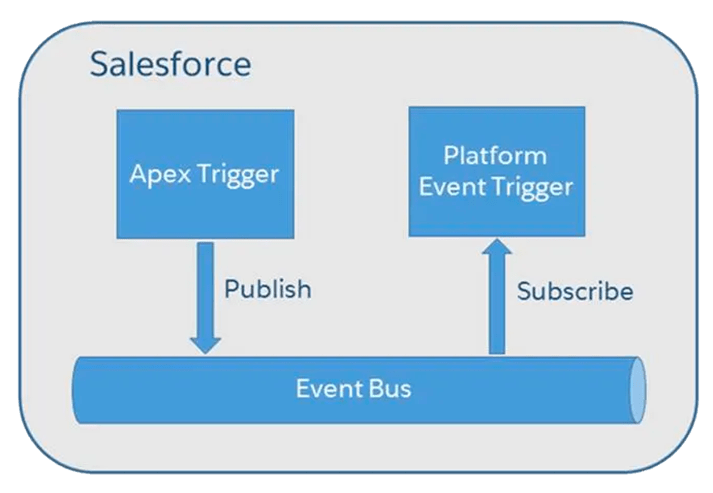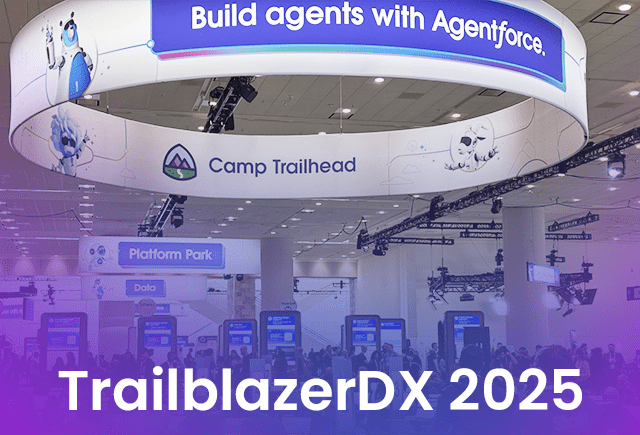Event-Driven Architectures for the Salesforce Platform
By: Nathan Neikirk, Salesforce Consultant
Event Driven Architecture’s, including Pub/Sub APIs and Streaming APIs, are fundamental and widely adopted across various platforms and technologies. Salesforce has developed specific implementations of these patterns tailored to its platform’s unique requirements and capabilities. These implementations utilize Salesforce’s infrastructure and offer features optimized for Salesforce environments, while adhering to the core principles of pub/sub and streaming practices widely used in the industry. In this section, I’ll delve into how Salesforce enables event-driven solutions, emphasizing its support for decoupled interactions among multiple systems using Platform Events.
This is Part 3 of a series to walk through Event Driven Architecture with insights from Texas Dreamin’ sessions and Salesforce leading practices to better equip you for future implementations for Event-Driven.
Event-Driven Architectures at Texas Dreamin’: A 4-part Series
Part 1: Introduction to Event Driven Architecture (vs. Point to Point)
Part 2: Classifying Event-Driven Architectures
Part 3: Event Driven Architecture in Salesforce
- Platform Events
- Configuration & Publishing
- Replaying and Monitoring
Part 4: Should YOU implement Event Driven Architectures?





